EFB Schooling: In-Flight Information Guidance
Jetwhine
JUNE 24, 2024
Pursuing my schooling on computer-aided flight plans, usually generated by an electronic flight bag (EFB—see Are You Current with the New Airman Certification Standards? for my ACS motivation), has led me to an FAA advisory circular, Use of Flight Deck Displays of Digital Weather and Aeronautical Information.

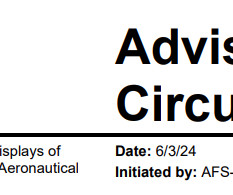
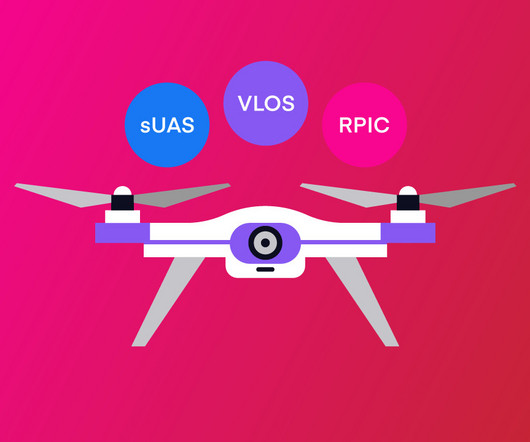


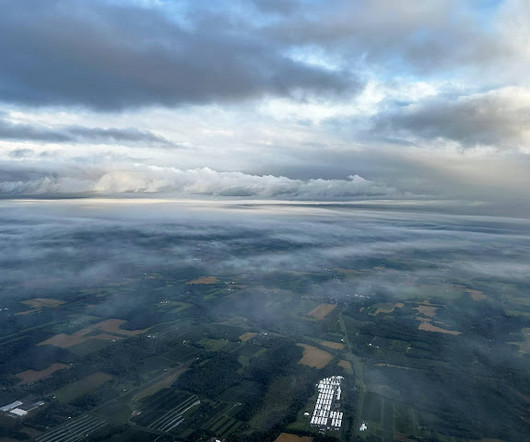




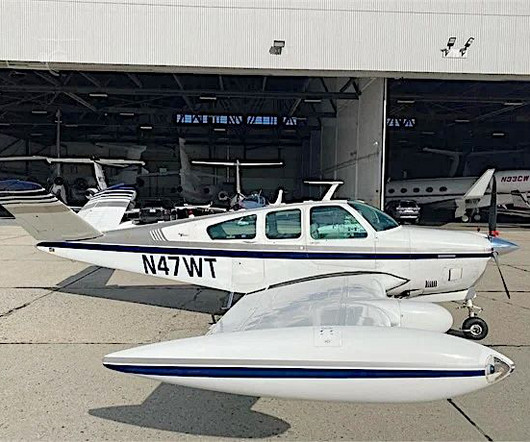
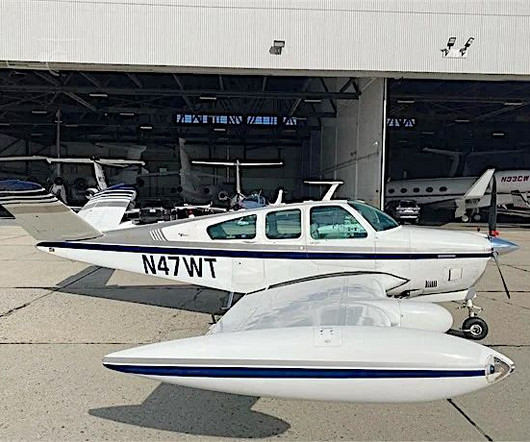








Let's personalize your content